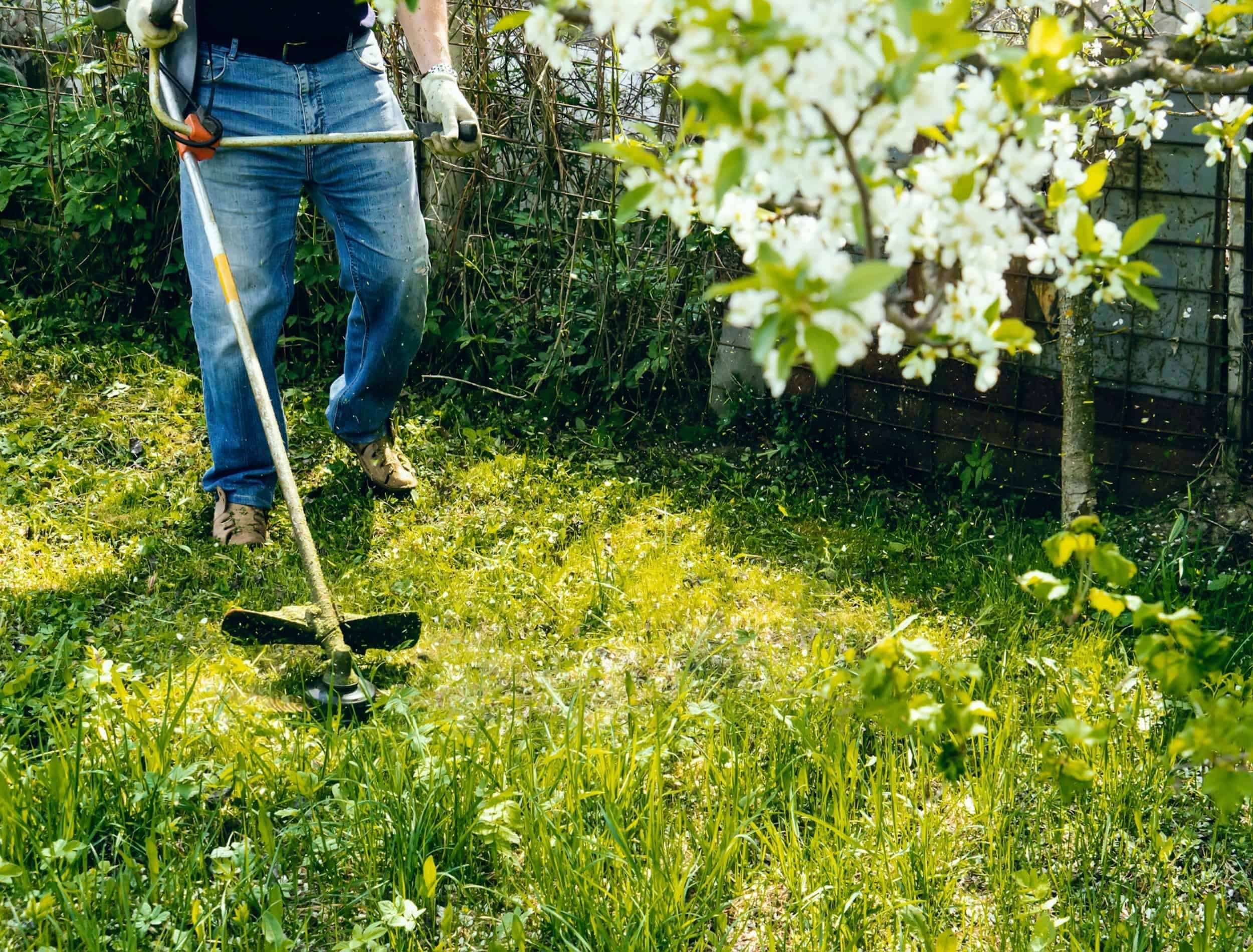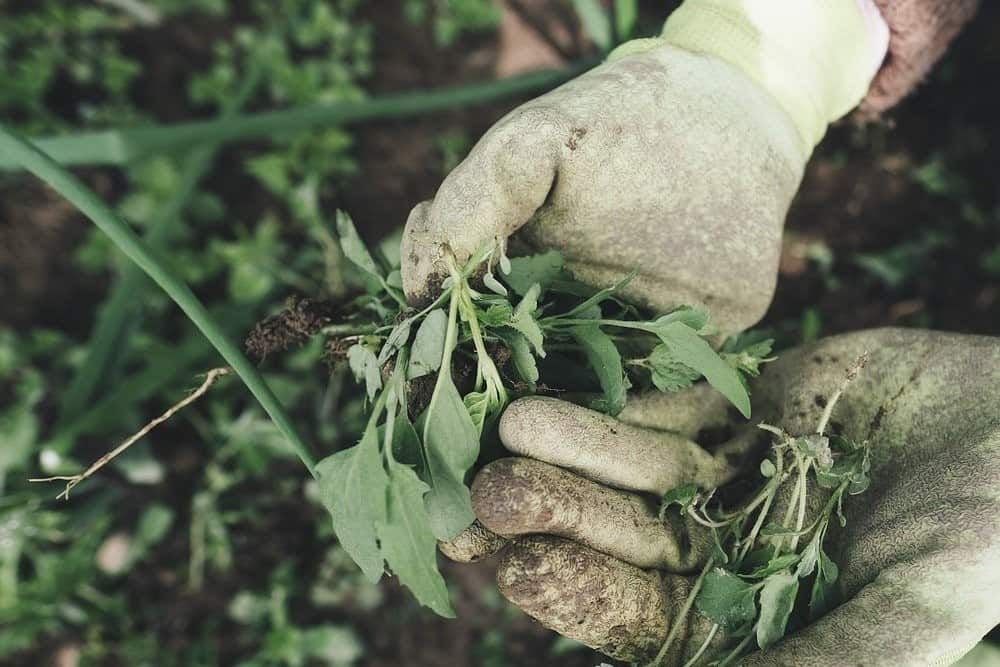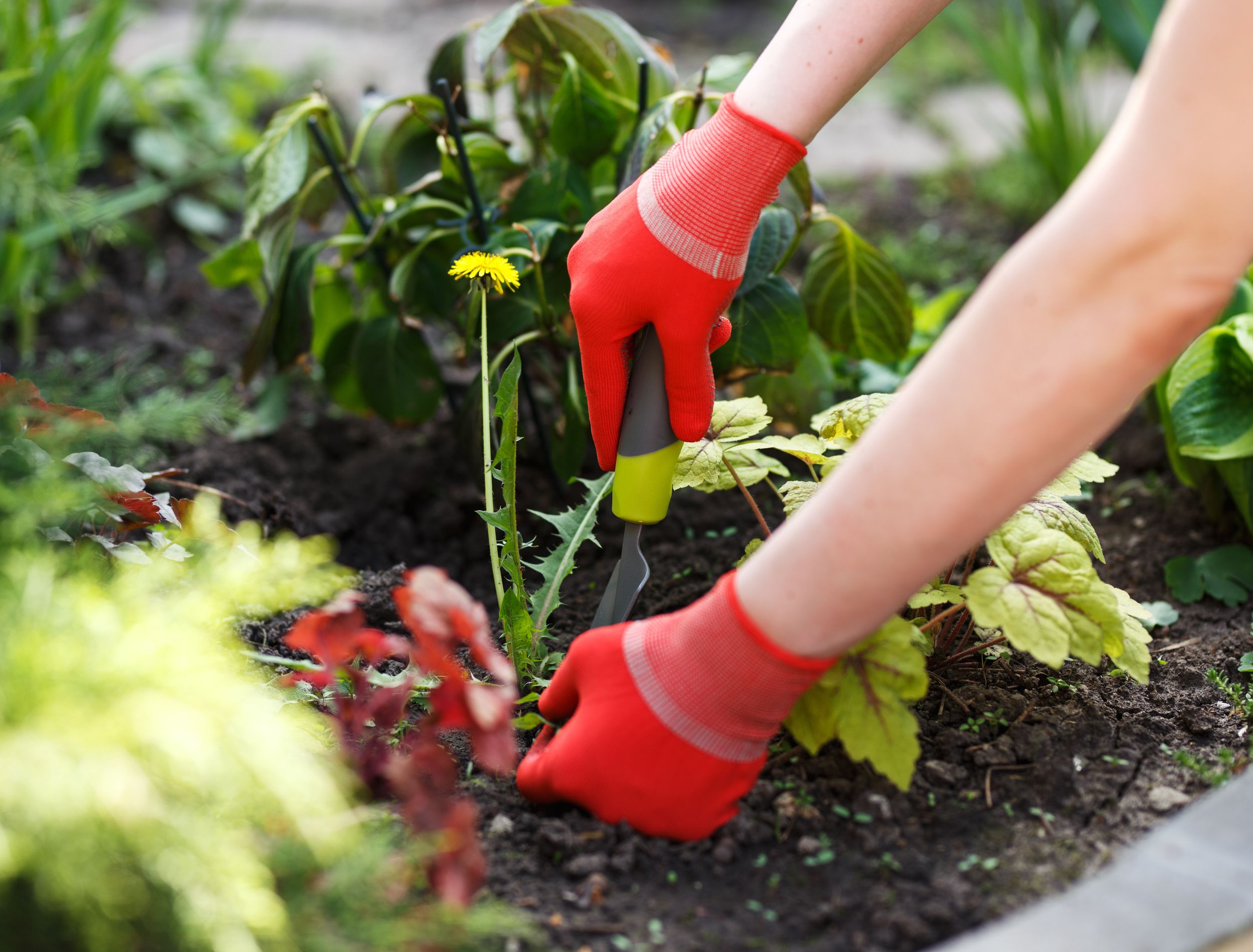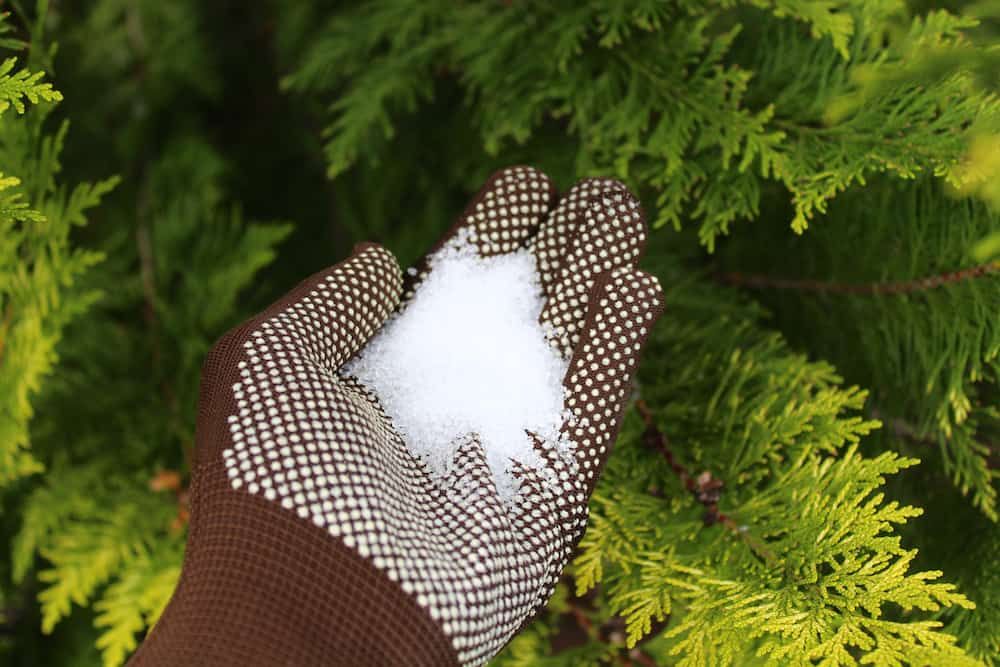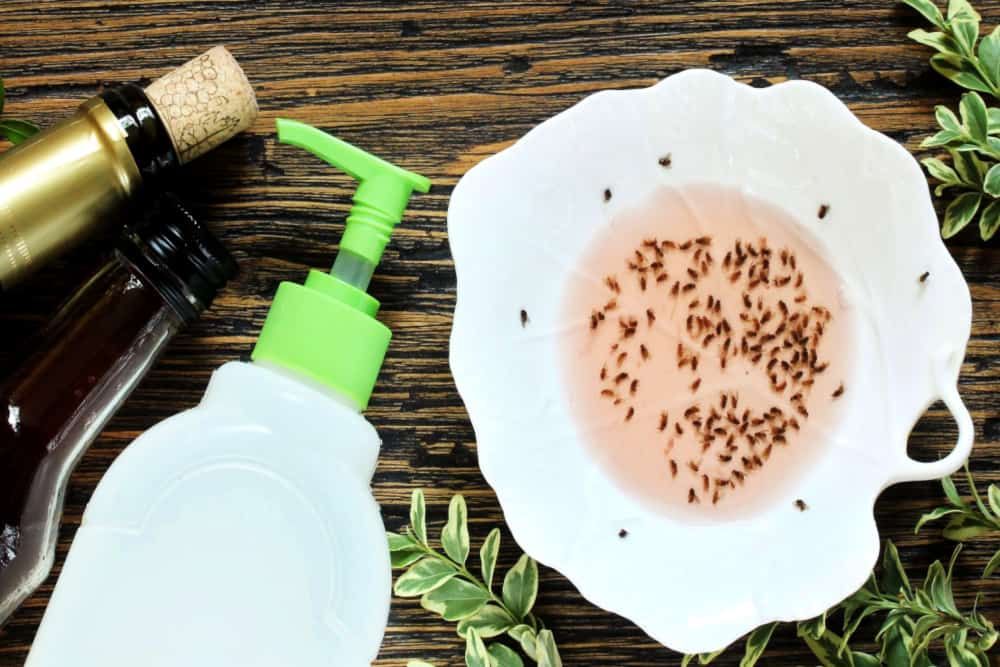Weeds can transform your dreamy backyard into a nightmare, and all for good reasons. Weeds reduce the soil's moisture and its water-absorption abilities, among other things. It can even become a breeding ground for pests and diseases that can cause plant infections. Weeds may look like tiny, fragile plants yearning for your TLC, but, in reality, their roots wreak havoc on other plants by stealing all the moisture and nutrients from the soil.
They can quickly destroy other plants and take over your backyard if left unchecked. While it is normal for anyone to panic at the horrifying reality of a garden overgrown with weeds, there are some very simple and effective ways to get rid of them. Before you run to the closest gardening store to pick up some chemicals to kill and clear the weeds, don't overlook the toxicity of said chemicals. One of the common weeding mistakes that make gardening harder is misusing weed killers.
Chemical weed killers are terrible for the environment and can even result in the soil becoming unsuitable for plant growth. Down below are some of the most popular ways to clear overgrown weeds.
Determine the Damages and Make a Plan
Image Credit: photoAC via Pixabay
Assess the state of your garden before starting to hand pull weeds. This method is good for small gardens so a bigger space may need a new approach.
Take a good look and decide on how you would like your space to appear and set clear goals. Clearing your overgrown backyard is not a one-step process, and you will need to have a methodical and thorough approach.
Note: Remember to wear protective gear and clothing when entering an overgrown backyard. Overgrown weeds could be home to snakes and other critters you don't want to get too close to.
Different Weeding Methods and What you Will Need for Them
There are a few effective and simple methods for clearing your garden from weeds. Down below, we will look at the four most popular ones.
1. Digging to Clear Overgrown Weeds
Image credit: Kostenko Maxim via shutterstock
Sometimes all you need to do is wear your gloves, roll up your sleeves, and get to work. Of course, you will also need the proper tools for this. You should use either a garden hoe or specialty weeder tools. Both these tools will ensure that at the end of your day you don’t overwork your back.
Double check that the soil is damp before pulling or digging the overgrown weeds. When the soil is dry don't attempt to dig or pull weeds because it may result in pieces of roots left behind - And those suckers will not hesitate to regrow!
Once you have removed the weeds, put them inside a sack. Then, take them out of the garden area so they don’t spread seeds.
Pro-Tip: Instead of throwing out your weeds, reuse them in your compost! Some weeds, like thistle, shouldn't be added to your compost pile but, weeds like dandelions, mugwort, purslane, clover, pennycress, chickweed, and lamb’s quarter are soil-friendly. Just keep in mind, they will take over your backyard.
2. Cutting Down Taller Weeds
Image credits: LHOON via Creative Commons
Sometimes, the weeds may be completely out of control and overgrown, making them difficult to remove. Cutting them down before doing anything else will make the rest of your work much easier, especially if you have decided to use the smothering method (see below). A brush mower or even a string trimmer will do the job in no time. However, if you don’t have such equipment, you could just use a scythe.
After cutting down the weeds, use a rake to collect them and move them out of the area. Do this as soon as possible to avoid weed seeds from using the air to spread elsewhere! After you've cleared your backyard, use the lawnmower to cut them down even further. Finally, water the area to make it damp and then either dig up the remaining roots or, smother them.
Reminder: Please wear protective gear and clothing before entering an area with overgrown weeds. Tall weeds could be home to tics and critters that you wouldn't want to mess with. Stay hydrated if you're working under the sun and take frequent breaks to prevent burn-out.
3. Smothering the Overgrown Weeds
Image credits: VSPYCC via Creative Commons
After you've cut down and further mowed over the weeds, another option is to smother them! Even if you've raked most of them out still continue with the following steps.
You can use a wide range of materials - landscape fabric, newspaper, cardboard, or even plastic. Your goal will be to stop the sunlight from reaching these pesky plants. However, this method is fairly slow and it could take anywhere between two and six months for the weeds to be killed off completely.
Not to mention, after a certain amount of time, materials such as cardboard or newspaper will break down. So, make sure to add a layer of organic mulch on top to prevent weeds from catching a break! The added materials will help stop light from getting through to those pesky weeds.
4. Kill the Weeds With Heat
Image credits: manfredrichter via Pixabay
If all else fails, you can always use heat to get rid of the weeds. Unlike chemical weed killers, thermal weeding is an efficient method as it destroys only the targeted plant without disturbing others. It's important to note the health of the surrounding area - if everything looks dry, it's probably best not to play with fire, and opt for a different method.
That said, apart from killing beneficial insects that live in the weeds, there is another down side. Thermal weeding can cause dormant weed seeds to grow again. To avoid this, use the weed torch again a few days later to kill the freshly germinated weed seeds or seedlings before they grow.
Note: Please wear protective gear and clothing before handling a weed torch. Have a garden hose or a fire extinguisher nearby, just in case something doesn't go as planned.
Easy Homemade Natural Herbicides
There are a few products that are readily available at home that make excellent weed killers - while at the same time, protecting the environment.
1. Boiling Water
Image credits: Skakerman (Archive) via Creative Commons
It is as simple as pouring boiling hot water over the weeds to kill them. It may take more than one time for the weeds to die off, so you may need to pour hot water multiple times.
This is a very handy method for when you have weeds growing in the cracks of your sidewalk.
2. Salt
Image credits: Martina Unbehauen via Shutterstock
A saline solution is another extremely effective method for removing weeds.
Dissolve one cup of salt in eight cups of hot water and let it cool. Next, you will have to add some dish soap and transfer it into a spray bottle. To get rid of the weeds, spray their leaves, but be careful not to soak the soil or nearby plants. Soil contaminated with salt will need to be refreshed and amended before it can be used again.
3. Vinegar
Image credits: Lyudmila Mikhailovkaya via Shutterstock
White vinegar mixed with liquid soap is a good pest control for gnats but, the pair is a great weed killer too!
Spray the mixture onto the leaves of the weeds in the heat of the day and you'll see the plant starting to shrivel and die. If you are dealing with stronger weeds, you can also add a cup of salt to a gallon of vinegar to make it an effective weed killer. As with the saline solution, ensure that you don’t get any on the soil or onto nearby plants because this will kill them as well.
Conquer Weeds!
It is shocking how quickly your garden could be overtaken by weeds, so it is no surprise that most amateur gardeners will react with panic. However, there are a few easy methods in which to clear out your garden and then make sure that weeds don’t come back.
While chemicals can seem like a good option, they are often very toxic to the environment and can cause more harm than help.
Hopefully, you enjoyed this tutorial on helpful weeding techniques. Let us know what you think in the comment section down below and as always, share with a friend!

